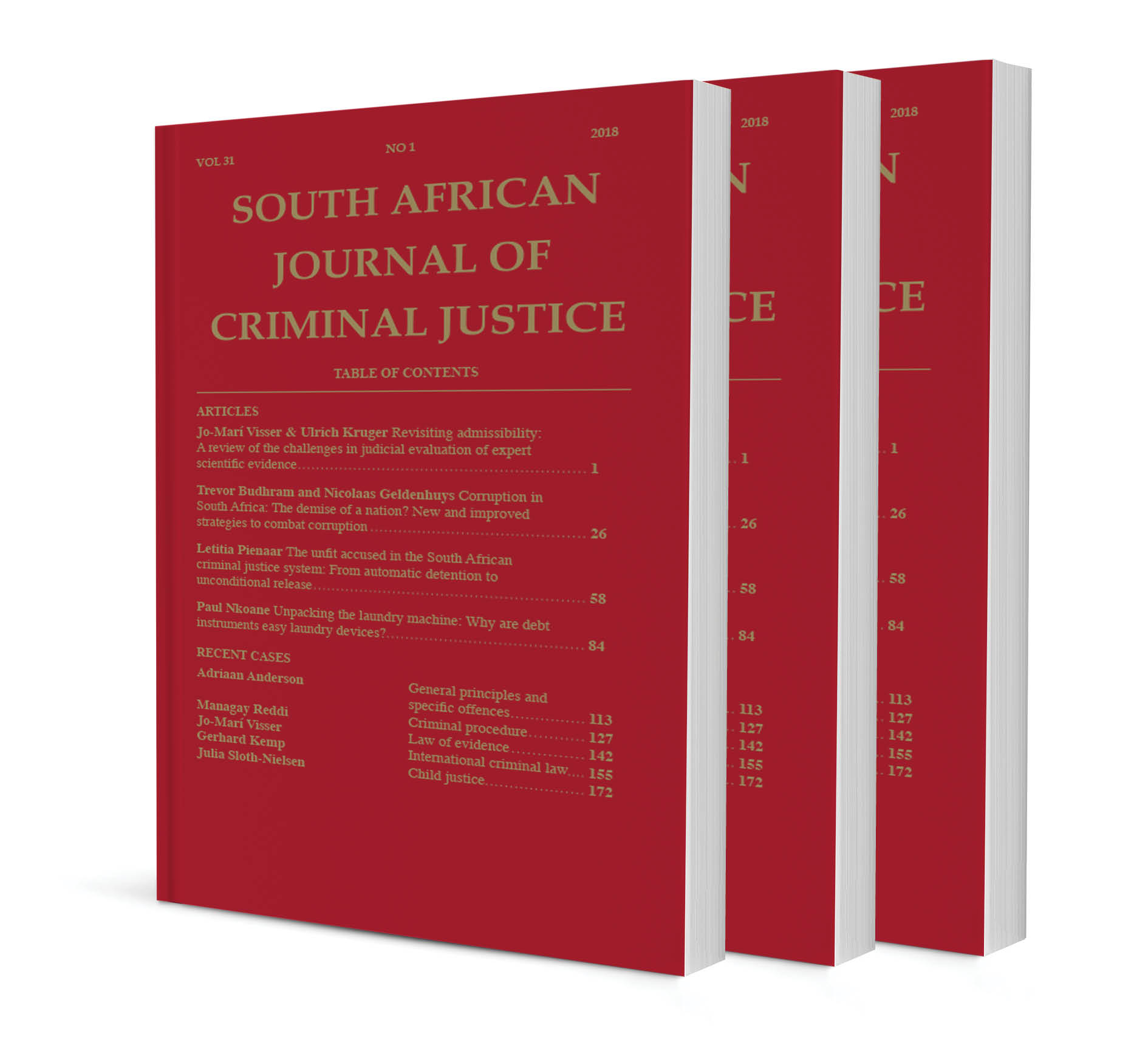Reconsidering criminal liability for encouraging suicide in South African law through the lens of Commonwealth v Carter

ARTICLE
Reconsidering criminal liability for encouraging suicide in South African law through the lens of Commonwealth v Carter
Author: Dr Jacques Matthee
ISSN: 1996-2118
Affiliations: LLB, LLM, LLD. Senior lecturer in law, University of the Free State
Source: South African Journal of Criminal Justice, Volume 38 Issue 1, p. 114-133
https://doi.org/10.47348/SACJ/v38/i1a5
Abstract
In 2017, Michelle Carter was convicted of involuntary manslaughter in the United States for encouraging her boyfriend, Conrad Roy, to die by suicide, despite being nowhere near the scene at the time of his death. Her conviction, based primarily on text messages and phone calls, raises complex legal questions about causation, culpability, and the limits of criminal liability for speech alone. This article reconsiders criminal liability for encouraging suicide in South Africa through the lens of the Carter case to assess whether a similar outcome could be reached under South African law. While South African courts have addressed assisted suicide and supplying the means for suicide, the legal position on verbal encouragement, particularly through digital communication, remains underdeveloped. The only relevant precedent, Ex parte Minister van Justisie: In re S v Grotjohn, offers limited guidance, having been decided decades before the advent of phenomena such as social media and cyberbullying. This article argues that the Carter case invites a critical re-evaluation of South Africa’s legal principles to address the unique harms of virtual suicide encouragement. It identifies legal gaps and advocates for developing a tailored causation approach standard and statutory reforms to better protect vulnerable individuals from psychological manipulation while upholding fundamental principles of justice.